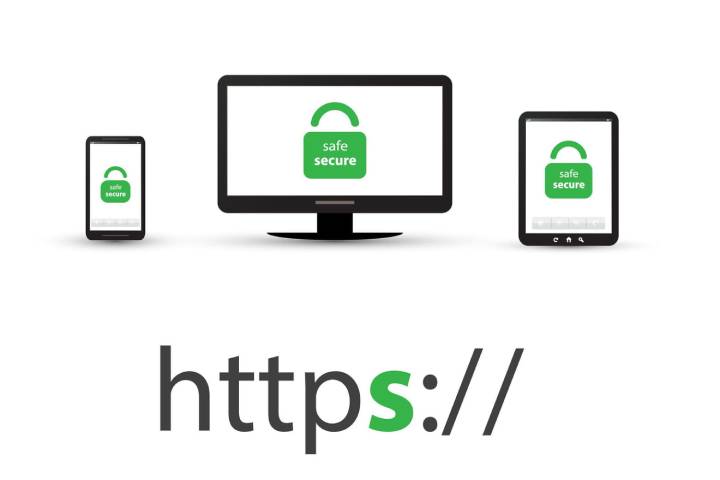How to Setup a WordPress Blog on AWS and Switch to HTTPS

In this blog post, we will teach you how to set up a WordPress blog on AWS and switch it over to HTTPS. If you have been paying attention to Google’s announcement about their new ranking algorithms, then you know that HTTPS is the most important thing for your website right now.
Table of Contents
What is SSL, and why should you care?
SSL stands for Secure Sockets Layer, and it is a cryptographic protocol that ensures a secure connection between two applications. The best way to think about an SSL certificate is like an umbrella: just because it’s not raining doesn’t mean you don’t need your SSL certificate. When there are threats outside, even if they aren’t happening right now, you still take precautions if something wrong happens later. Google gives its users free access to SSL certificates through their Certificate Manager, which can be used on any domain (including subdomains). But we recommend hosting WordPress under a separate bucket as only one certificate per domain/subdomain will work with this service.
Why switch to SSL/HTTPS?
There are several considerations on why you should switch over to SSL/HTTPS for your website or blog, but the two most important ones are security and SEO. When someone visits your website, their browser will connect with your server and exchange information in a secure handshake. This handshake ensures that all communication between the browser and the server is private and cannot be read by anyone else.
How to set up a WordPress blog on AWS
Although SSL certificates are free, you need an SSL certificate (or key and cert) downloaded to your server to use them. Luckily for us, Amazon provides a tutorial guide that explains how to download the SSL certificate directly from their Certificate Manager. You can choose which domain/subdomain you want this SSL certificate applied to; we will be applying it only to our primary bucket, so all subdomains automatically gain this protection as well. As we mentioned before, you can use s3 buckets for storage to host your website, but you will need to install a WordPress plugin called SSL InMotion.
Once the SSL certificate is installed on our server, we can set up our WordPress blog. The first step is to create an IAM user with Administrator Access. This allows us to give our WordPress blog its permissions and separate it from our main account. We then need to create an SSL-enabled bucket to store all of our website’s static files (images, CSS, js, etc.)
As one classification detail, s3 is designed with durability in mind enabling back-up that fills into multiple locations, thereby creating an additional layer of security to guard against any single point failure; s5 leans more towards performance and availability over durability.
Why it’s essential to switch your blog over to SSL
Now that we have our SSL certificate in hand, the next step is to configure WordPress on our server. The process of switching your blog over to SSL can be a little daunting, but there are plenty of resources available online (like this one) which can walk you through the entire process. In addition, many hosts now offer free SSL certificates as part of their service, so if you’re not feeling up for doing it yourself, reach out to your hosting provider, and they should be able to help you out.
Switching your blog over to SSL ensures the safety of visitors browsing any page within your site by encrypting information transmitted between users’ browsers and web servers with Transport Layer Security or TSL protocol. This means that any data (including passwords) entered on your website will be encrypted and hidden from potential attackers. Not only is this important for the security of your blog, but it’s also been confirmed by Google that using SSL will give you a ranking boost in their Search Engine Results Pages (SERP).
Also Read: Trends In Data Storage For 2022
What are the benefits of using SSL for your website/blog?
Besides the ranking boost that Google has confirmed, there are several other reasons you should consider using SSL for your website or blog. First and foremost, SSL provides a layer of security that can protect both you and your visitors from attacks. Secondly, SSL is required to use certain features on many popular websites (such as online shopping). Finally, encrypting all transmitted data helps keep your site compliant with current privacy laws such as GDPR.
Does my site need SSL, or does it automatically have SSL with an HTPPS connection?
If you’re not sure whether or not your site needs SSL, Amazon provides a handy tool that you can use to check SSL compatibility. Suppose your site is SSL compatible (i.e., it’s hosted on AWS). In that case, all you need to do is install an SSL certificate and enable SSL in WordPress settings. If not, there are alternative options available for SSL-free hosting, including self-signed certificates or purchasing SSL from a third-party provider.
